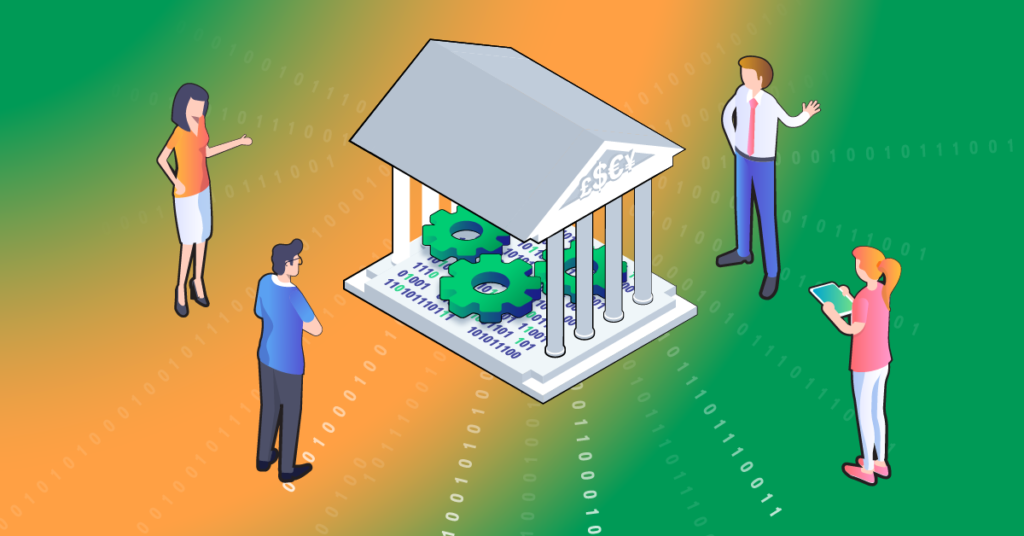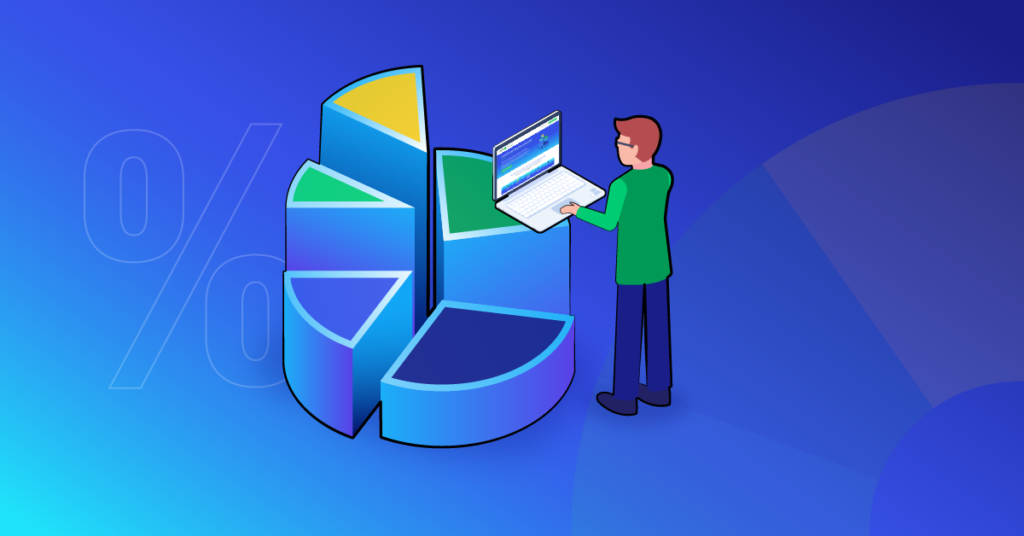3 Ways to Optimize Omnichannel Marketing With Your Customer Data Platform
November 22, 2021Digital transformation killed the “straight line” sales funnel, but lots of businesses act as if they missed the funeral. The different stages of the customer journey — awareness, consideration, decision, customer retention — remain the same, but what used to be a straight line now looks like a squiggly drawing sketched by a child.
That’s because today’s consumers have a seemingly endless way to engage with brands: websites, online advertisements, emails and text messages, social media posts, app notifications, customer service interactions via phone or chat…. The list goes on and on — and consumers expect personalized customer experiences across each and every channel. That’s where an omnichannel approach can help you reach your target audience. If your marketing team is not creating an omnichannel customer experience, your marketing strategy may be falling behind.
It’s a tall order for any brand, but an impossible one if you don’t know how to connect these channels or determine which ones are most essential to your customers. Luckily, customer data platforms (CDP) not only help you gather complete and accurate customer data, they enable you to take action on it on the right channels at the right time across the entire customer lifecycle.
Here are 3 ways you can use your CDP to optimize your omnichannel marketing strategy and drive better results.
1. Strengthen Omnichannel Consistency
It doesn’t matter how many channels you interact with consumers on if the experiences are disjointed or irrelevant. While 71% of consumers say they want consistent customer experiences across all channels, only 29% say brands deliver.
Start by knowing exactly who you’re talking to and their history with your brand. Use your CDP to build a single comprehensive view of all your customers by unifying siloed and incomplete customer records and resolving customer identities. Next, assign customer attributes to individual customer profiles and publish them within your CDP to analyze customer segments and design omnichannel customer experiences.
Once you understand who your customers are — and make this information the basis of your omnichannel customer journeys — you can eliminate multi-channel marketing and customer service interactions that are irrelevant or unnecessary. Keep in mind that speed is a necessity. Consumers expect you to tailor your messaging in real time, whether it’s a digital ad or a phone call with your customer support team.
One major retailer used ActionIQ to not only double the number of new campaigns it orchestrated across multiple channels, but generate 1,000 times more data for customer intelligence and consistent personalization.
2. Build Omnichannel Customer Journeys
It’s not enough to ensure customer experiences are consistent across your different channels — you have to make sure each marketing channel complements the others while catering to your customers’ preferences and behaviors. Nearly 90% of successful businesses say providing helpful customer experiences and anticipating customer needs during the customer journey process are critical to one’s business, but doing so across multiple channels simultaneously is easier said than done.
Use your CDP to orchestrate real-time experiences across any digital channel using in-the-moment customer actions along with the full historical customer profile. Create audience segments based on customer attributes, such as location, products browsed or app clicks, and operationalize them within your CDP to create multi-step customer journeys across different channels that are tailored for different stages of the customer lifecycle. Simply select one or more channels in which to activate audiences and attributes within your CDP and track analytics for each split and touchpoint within the journey to evaluate performance and optimize over time.
You can also schedule omnichannel experiences in advance by defining a one-time activation or customer experiences to be pushed automatically at a predefined frequency while managing holdout groups and A/B audience splits across channels.
Remember to craft personalized customer experiences for each customer journey stage, including welcome messages, abandoned event reminders and post-purchase messages. This way you can automatically guide customers through the customer journey based on their unique qualities — and across the different channels that matter most to them.
Creating multi-step journeys across different channels that update based on new interactions or purchases has helped ActionIQ customers increase second-purchase conversion rates by 30%. Additionally, connected customer journeys that respond to consumers’ behaviors can help you reduce acquisition costs by as much as 50%.
3. Prioritize High-Value Channels
It’s essential to enable consumers to interact with your brand on whichever channels they want whenever they want — omnichannel marketing is shown to drive a 250% higher purchase rate than single-channel marketing. By taking advantage of an omnichannel marketing campaign, you’ll be able to reach your target audience and create a seamless experience across all platforms. But it’s also important to remember that not all channels are created equal. Your customers will have preferences for which channels they use most often and therefore drive the most revenue. You should deliver personalized, relevant experiences across all channels, but it makes sense to put your marketing dollars behind the channels proven to move the needle the most.
If you want to be able to take advantage of your marketing and utilize it to its fullest potential, you must measure how these journeys perform across all channels. This will allow you to market more on specific channels depending on what’s driving results. Not only does this help improve the customer experience, but it also supports an omnichannel marketing strategy. Tracking and studying the different customer behaviors for each channel has helped ActionIQ customers increase repurchase rates by up to 30% and customer lifetime value by as much as 25%.
Use lookalike modeling to see which channels your best customers interacted with you on and when, then operationalize that model within your CDP to develop similar customer journeys for prospective customers. You can also collect and match customer data to subsequent actions so you can see what drives early conversions, then optimize your customer journeys based on these findings to speed up time to value. Update the frequency of touches on different channels over time to eliminate channel touchpoints that have poor performance.
Also consider the value of turning your brick-and-mortar customers into digital shoppers via an omnichannel strategy. While omnichannel customers spend 4% more in stores, they spend 10% more online than single-channel customers.
One retailer used ActionIQ’s lookalike modeling feature to target the brick-and-mortar customers most likely to become online shoppers while defining multiple audience segments for testing different digital campaigns. After two weeks of testing an omnichannel strategy, the retailer saw a 20% drop in customer acquisition costs versus previous approaches to migrating customers online and a 10% increase in purchasing rate versus the control group of store-only customers.
Modern consumers expect your brand to cater to them where they want, when they want and how they want without feeling any friction. Make sure you have the data necessary to deliver — and the tools to help your brand transform customer insights into omnichannel experiences — with a CDP.
Learn More
Download our 2021 CDP Market Guide to learn more about CDPs, how to use customer data to improve omnichannel strategy and the role technology plays in powering omnichannel marketing.
This post first appeared on the ActionIQ blog. To see the full article, click here.


